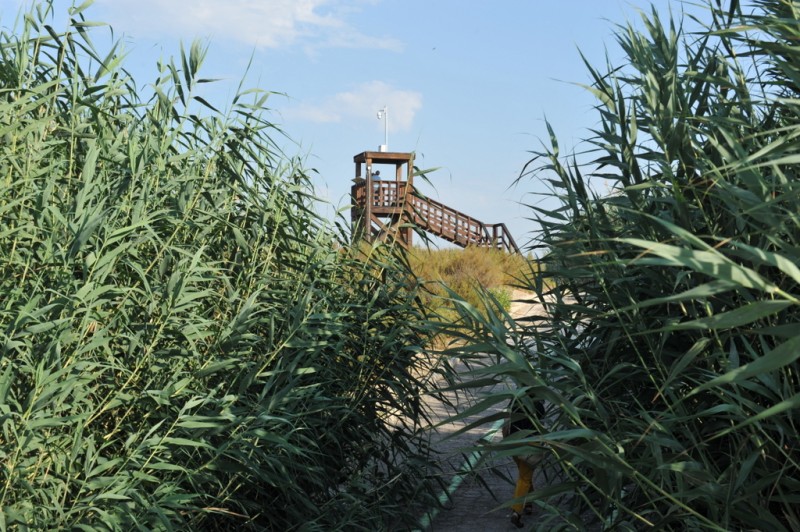- Region
- Águilas
- Alhama de Murcia
- Jumilla
- Lorca
- Los Alcázares
- Mazarrón
- San Javier
-
ALL AREAS & TOWNS
- AREAS
- SOUTH WEST
- MAR MENOR
- MURCIA CITY & CENTRAL
- NORTH & NORTH WEST
- TOWNS
- Abanilla
- Abarán
- Aguilas
- Alamillo
- Alcantarilla
- Aledo
- Alhama de Murcia
- Archena
- Balsicas
- Blanca
- Bolnuevo
- Bullas
- Cañadas del Romero
- Cabo de Palos
- Calasparra
- Camping Bolnuevo
- Campo De Ricote
- Camposol
- Canada De La Lena
- Caravaca de la Cruz
- Cartagena
- Cehegin
- Ceuti
- Cieza
- Condado de Alhama
- Corvera
- Costa Cálida
- Cuevas De Almanzora
- Cuevas de Reyllo
- El Carmoli
- El Mojon
- El Molino (Puerto Lumbreras)
- El Pareton / Cantareros
- El Raso
- El Valle Golf Resort
- Fortuna
- Fuente Alamo
- Hacienda del Alamo Golf Resort
- Hacienda Riquelme Golf Resort
- Isla Plana
- Islas Menores & Mar de Cristal
- Jumilla
- La Azohia
- La Charca
- La Manga Club
- La Manga del Mar Menor
- La Pinilla
- La Puebla
- La Torre
- La Torre Golf Resort
- La Unión
- Las Palas
- Las Ramblas
- Las Ramblas Golf
- Las Torres de Cotillas
- Leiva
- Librilla
- Lo Pagan
- Lo Santiago
- Lorca
- Lorquí
- Los Alcázares
- Los Balcones
- Los Belones
- Los Canovas
- Los Nietos
- Los Perez (Tallante)
- Los Urrutias
- Los Ventorrillos
- Mar De Cristal
- Mar Menor
- Mar Menor Golf Resort
- Mazarrón
- Mazarrón Country Club
- Molina de Segura
- Moratalla
- Mula
- Murcia City
- Murcia Property
- Pareton
- Peraleja Golf Resort
- Perin
- Pilar de la Horadada
- Pinar de Campoverde
- Pinoso
- Playa Honda
- Playa Honda / Playa Paraíso
- Pliego
- Portmán
- Pozo Estrecho
- Puerto de Mazarrón
- Puerto Lumbreras
- Puntas De Calnegre
- Region of Murcia
- Ricote
- Roda
- Roldan
- Roldan and Lo Ferro
- San Javier
- San Pedro del Pinatar
- Santiago de la Ribera
- Sierra Espuña
- Sucina
- Tallante
- Terrazas de la Torre Golf Resort
- Torre Pacheco
- Totana
- What's On Weekly Bulletin
- Yecla


- EDITIONS:
 Spanish News Today
Spanish News Today
 Alicante Today
Alicante Today
 Andalucia Today
Andalucia Today
The protected wetlands of Lagunas de Campotejar in Molina de Segura
Campotejar is a breeding ground for the rare white-headed duck
The Lagunas de Campotéjar in the north of the municipality of Molina de Segura are a series of five ponds which were originally created artificially and belonged to the waste water treatment service of Molina, but over the years the manmade wetlands have evolved and become “naturalized”, acquiring great ecological and environmental significance.
This significance is underlined by the fact that Campotéjar is included in the list of sites affected by the international Ramsar Wetlands Convention which was signed in 1971, the aim being to protect the natural habitats of a variety of bird species. Originally there were only two such sites recognized in the whole of Spain – those of the Doñana national park in Andalucía and the Tablas de Daimiel in Castilla-La Mancha - but as the network has grown there are now 38 across the country and three in the Region of Murcia of Murcia alone (the others being the Mar Menor and the Lagunas de las Moreras in Mazarrón).
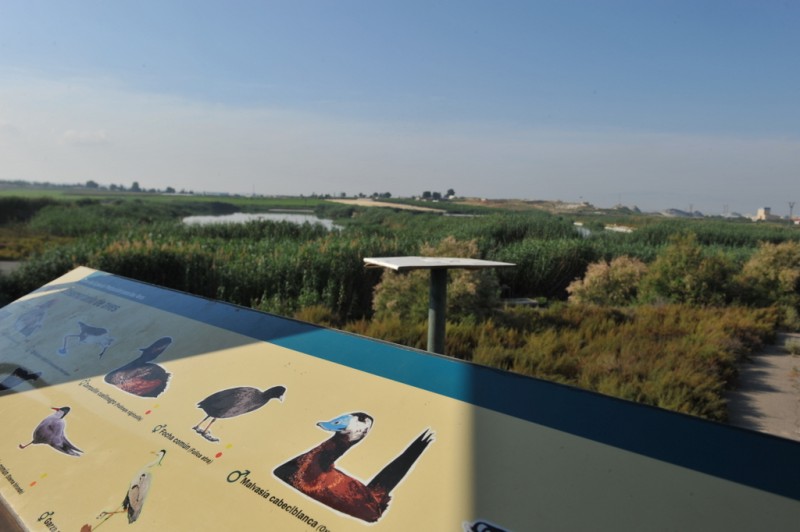
As a result of the five pools being named a Ramsar site there is a protected area in Campotéjar measuring just over 225,000 square metres, and much of the plant and animal life here is determined by the unusual water conditions. Campotéjar may be 50 kilometres from the Mediterranean, but the water is highly saline due to the mineral composition of the landscape, and this is particularly attractive to two endangered bird species, the marbled duck, or marbled teal (Marmaronetta angustirostris), and the white-headed duck (Oxyura leucocephala).
The presence of these two species has led to conservation efforts here being redoubled both by the regional government of Murcia and by the Town Hall of Molina de Segura: in consequence, in April 2004 there were known to be 3 adult male white-headed ducks in the area, but by the following year the figure had risen to 91. At the time this equated to 4% of all the specimens in Spain, or 0.7% worldwide, and the future of the protected area of the Lagunas de Campotéjar was all but assured from that moment on.
It is now estimated that Campotéjar is home to 1% of the white-headed duck population of the western Mediterranean, and as well as being a Ramsar site the Lagunas were also added to the Natura 2000 network in 2014.
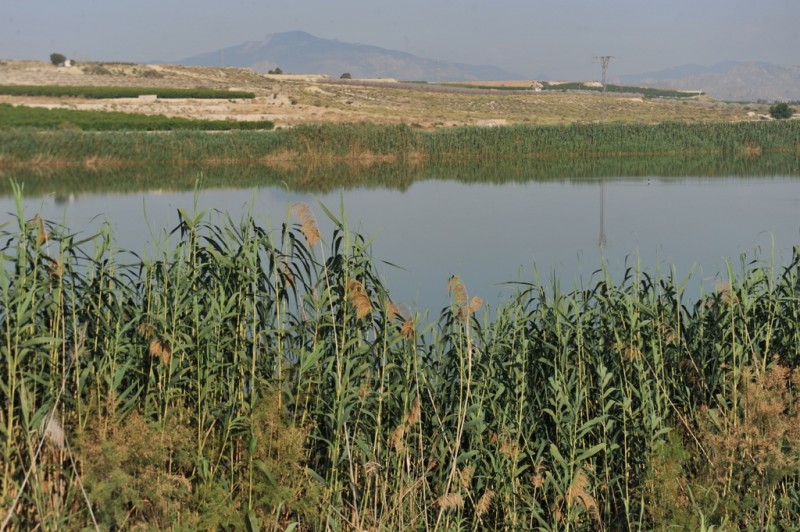
Also present in Campotéjar is the red-crested pochard duck – this is the only place in Murcia where the species nests – along with some 70 other species, eleven of them water birds.
The fauna also features various species of reptiles and small mammals, and, as is to be expected alongside so much water, numerous amphibians and insects: visitors are strongly advised to go well-equipped with mosquito spray!
Plant life in Campotéjar is also influenced by the high salinity of the soil and the water, as well as the climate and the flood-drought cycle which prevails in this part of Spain, and those species which thrive are extremely resilient.
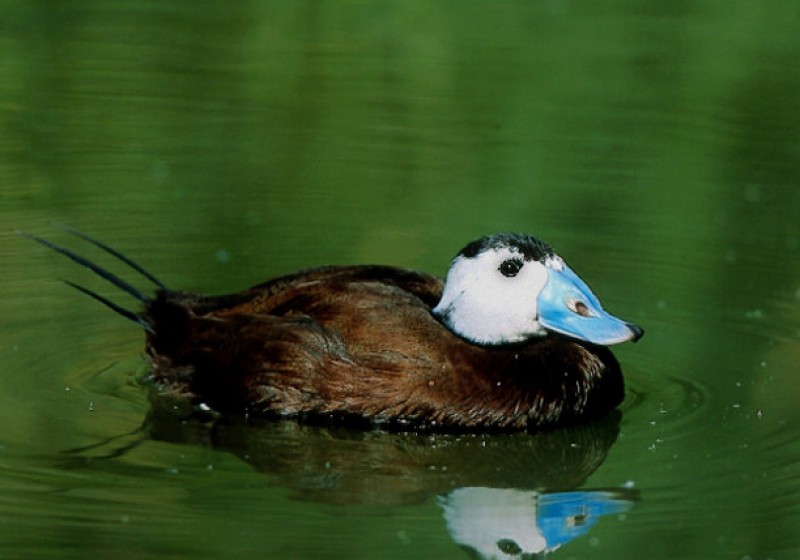
The white-headed duck
The white-headed duck (Oxyura leucocephala) is a small diving bird, typically measuring between 43 and 48 centimetres in length and weighing between 500 and 900 grams, with a long neck, a large head and a relatively long tail.
The male of the species is larger than the female, and in general the plumage is brownish. However, adult males have large white patches of feathers on the head, and during the mating season the beak turns from dark grey to bright blue. The head feathers of the female are creamier in colour.
Especially during the mating season, the species prefers habitats with brackish or even saline water where it can feed off small invertebrates without the presence of carp and perch to compete for food.
Having decreased in numbers during the 20th century, largely as a result of the destruction of this kind of natural habitat, the white-headed duck mainly exists now in two areas of the world. The first of these is the western Mediterranean, including parts of Spain, Tunisia and Algeria, while the other is in the Middle East, where the birds migrate between Kazakhstan in summer and Turkey in winter.
In Spain it is believed that the population has dropped during the last 100 years from around 100,000 at the beginning of the 20th century, and by 1977 only 22 specimens were known to exist in the Laguna de Zoñar, near Córdoba. But since then the duck has been afforded protection, and by 2005 the population was back up to over 2,500. In the Region of Murcia there are populations at the Lagunas de las Moreras in Mazarrón and the artificial wetlands of Alhama de Murcia, as well as in Campotéjar.
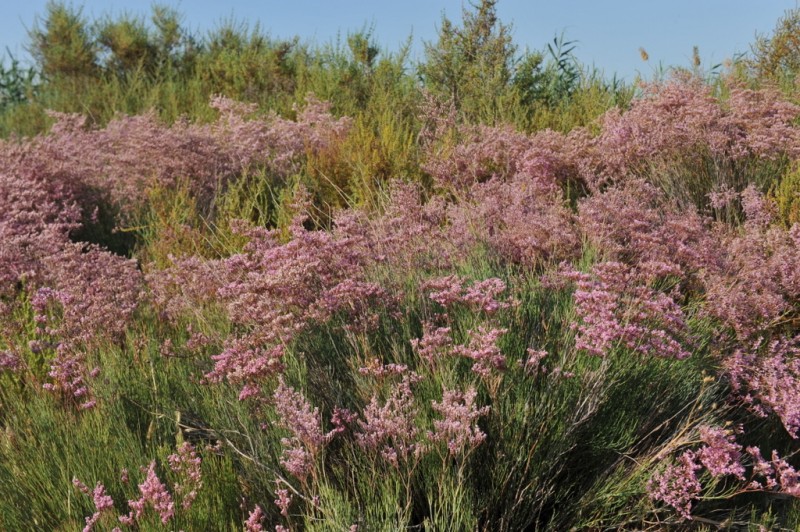
The visitors centre at Campotéjar
The small visitors centre at Lagunas de Campotéjar is open to the public on the first and third Sunday of every month between 10am and 2pm, and includes a small selection of displays giving information about the flora and fauna in the wetlands. The centre also offers guided visits for groups of more than ten people, call 968 388 513 or email lagunascompotejar@molinadesegura.es.
There is also a viewing point equipped with boards informing amateur ornithologists about the species they can expect to see, and it is possible to walk around the ponds to see at first hand the ecosystem which has developed here.
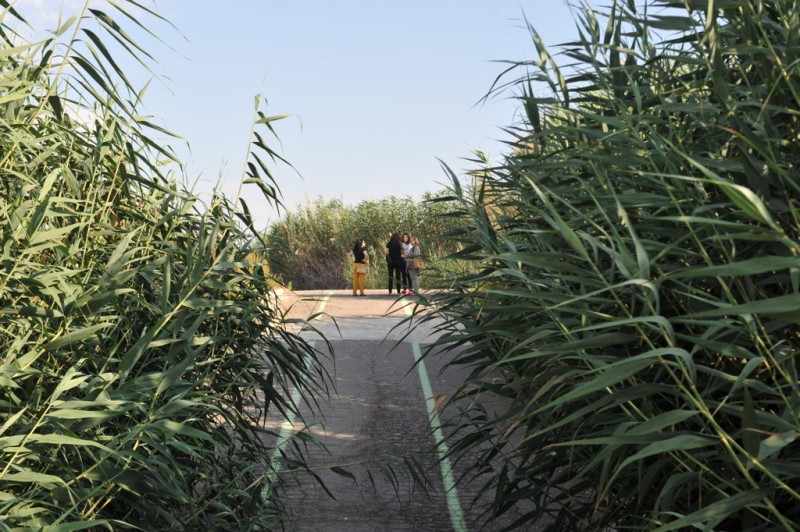
It is important to reiterate that this wetland area is home not only to birds and plants, but also to a very large number of insects, including flies and mosquitoes: visitors should be well stocked with repellent spray to minimize the inconvenience!
Lagunas de Campotéjar is roughly 20 kilometres north of the city of Murcia, and is best reached by exiting the A-30 motorway at kilometre 126 and heading north. First skirt around the western side of the industrial estate and then continue for approximately 4 kilometres until reaching the Lagunas on the left-hand side of the road.
Click for further information about the Molina de Segura municipality




